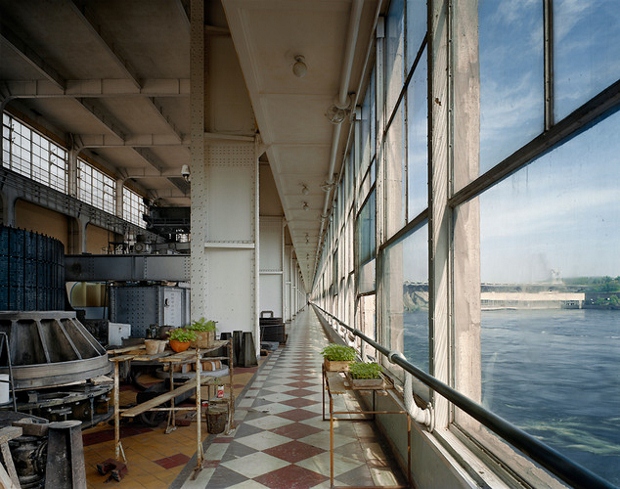
Rare shots of lost Soviet architecture
British photographer roots out early examples of Soviet building design, constructed before Stalin's reign
Great works of modernist architecture always need help somewhere in the world. If an Arizona home-owner isn't trying to demolish a priceless Frank Lloyd Wright, the Bauhaus-style blocks of Tel Aviv are being worn away by the vicissitude of the Mediterranean climate.
However, British photographer Richard Pare appears to have hit the jackpot when it comes to architectural achievements languishing in malign neglect. Pare has spent two decades documenting great early Soviet architecture. These works, built between the October revolution of 1917 and the Great Famine of 1932, capture Soviet Socialism at its most strident and hopeful.
As Kelsey Campbell-Dollaghan writes in this great Fast Co Design piece, the golden age of Soviet architecture came to an end when Stalin consolidated all architectual practices into one, centralised, neoclassical school. From the early thirties through the fall of the Iron Curtain, very little was done to preserve these pre-Stalin buildings in the East, while very little was known about them in the West.
Some of Pare's photographs were shown at MoMA, New York, in 2007, and at London's Royal Academy 2011 exhibition, Building the Revolution: Soviet Art and Architecture 1915-1935. However, they're currently getting a full airing at Graham Foundation's Madlener House in Chicago until February 16, 2013. A worthy look, we think, comrade.
And if you're a fan of a modernist architecture on a simpler scale check out our great Modernist House book which traces the history of the revolutionary movement, from early Bauhaus architecture experiments to more recent interpretations of Modernism. Naturally, it features a wide range of houses from Ludwig Mies van der Rohe’s Farnsworth House (Plano, Illinois, USA, 1929) and Le Corbusier’s Villa Savoye (Poissy, France, 1931) to Lina Bo Bardi’s Glass House (Sao Paulo, Brazil, 1951) and çlvaro Siza’s House in Pego (Sintra, Portugal, 2007) pluse many more. It's worth 180 points when you join Phaidon Club.
{media1}